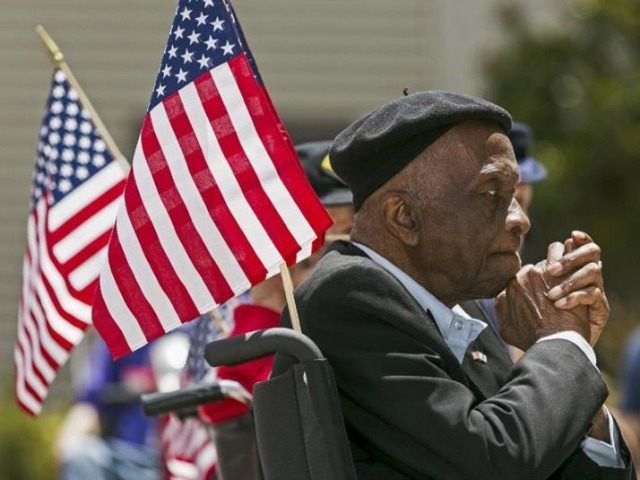WalletHub, the personal finance website, released its annual Veteran’s Day survey which ranks U.S. cities from best to worst places to live for former service men and women. Overall, Texas placed favorably in the rankings with several of its municipalities getting high marks.
Analysts compared 100 of the nation’s largest cities based on 21 indicators of veteran-friendliness, percentage of military skill-related jobs, and the availability of VA health facilities, all catalogued into four broad categories–employment, economy, quality of life, and health.
Overall, the best U.S. city for veterans to live was Scottsdale, AZ. Last year, it took second place and Irvine, CA, which had the nation’s highest veteran income growth and lowest veteran poverty rate, topped the list.
In 2016, these Texas cities ranked among the best for veterans — Laredo (#2), Plano (#4), Austin (#5), and El Paso (#6). San Antonio (#21), Arlington (#23), Lubbock (#24), and Fort Worth (#25). Dallas (#31) and Houston (#37) scored lower as did Irving (#41), Garland (#52), and Corpus Christi (#54). Comparatively, in 2015, Plano did not crack the Top 15 but Lubbock and Fort Worth did while El Paso placed seventh and Austin, ninth.
This year, Plano led the nation as the city with the lowest percentage of veterans living in poverty. Another Dallas suburb, Garland, followed in second place. Other U.S. cities with the lowest percentage of impoverished veterans were Chesapeake, VA (#3) and California cities Fremont (#4) and Chula Vista (#5). No Texas cities landed in the bottom five, however, Buffalo, NY (#96); Miami, FL (#97); San Bernardino, CA (#98); Detroit, MI (#99); and Hialeah, FL (#100) had the highest percentage of veterans living below the poverty line.
Arlington tied with Plano and four other U.S. cities (Tampa, Honolulu, Anchorage, and Lincoln) for lowest percentage of unemployed vets this year. Irving, a Dallas suburb, fared poorly (#97) in the bottom five metros nationwide with the lowest percent of military skill-related jobs.
Meanwhile, no cities deemed “worst” for veterans hailed from Texas. The bottom five were Boston, MA (#96); Memphis, TN (#97); Cleveland, OH (#98); Newark, NJ (#99); and Detroit, MI (#100).
Irvine (#3) and San Diego (#8) in California; Colorado Springs, CO (#7), plus Tampa (#9) and Orlando (#10) in Florida also made the overall top 10 list of veteran-friendly U.S. cities.
Approximately 21.8 million veterans reside stateside with the highest number of veterans in California with 2 million, Texas with 1.6 million, and Florida with roughly 1. 6 million. These states also have major military bases. Fort Hood is located in Killeen, Texas, where the U.S. Census Bureau estimated a 28.9 percent veteran population.
On the plus side, homelessness has declined for veterans nationwide. Also, the unemployment rate for post-9/11 veterans plummeted to a near-historic low in February, dropping to 4.7 percent, a full point down from January’s figures, according to Military Times. However, veteran benefits are not evenly distributed across the country. In many cities, vets often wait too long to see a medical professional, despite a $10 billion effort to expand their access to such care. Also, thousands lost their GI Bill education benefits as a result of for-profit school closures.
In May, WalletHub ranked the nation’s best and worst states for military retirees. Texas placed 15 out of 100 U.S cities. The top five were Alaska, South Dakota, Montana, Wyoming, and Florida. In specific categories, Texas scored in the Top 10 (#7) for socioeconomics related affordability and for veteran health care (#10). The state score highly (#4) in most VA facilities per 10,000 veterans, although numerous quality of life indicators placed lower (#43). The experts also found red states were more friendly toward military retirees than blue states.
Follow Merrill Hope, a member of the original Breitbart Texas team, on Twitter.

COMMENTS
Please let us know if you're having issues with commenting.